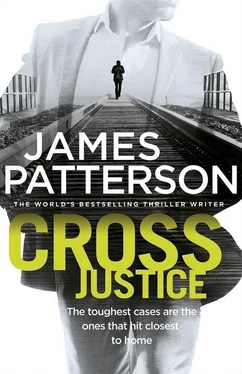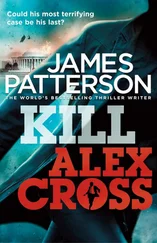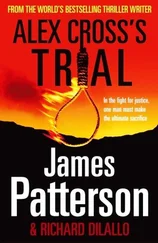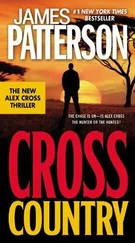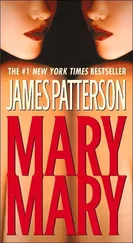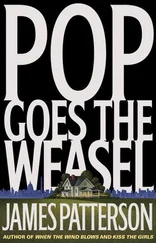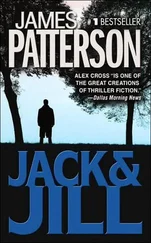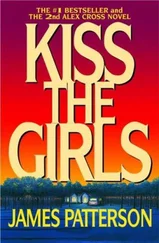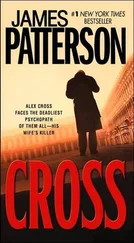Johnson frowned. “Yes.”
“They shouldn’t be there,” the sergeant said. “If she’d kicked the wastebasket, the cord would have caught all her weight almost immediately. There’d be one line behind and along the cord, and we might see some evidence of the cord abrading the skin as it slid into position.
“But these two clear lines suggest that the killer flipped the cord over Mrs. Abrams’s head from behind and throttled her. She fought, tore at her throat with her fingers, and maybe kicked at her killer. In any case, she created slack in the noose. The cord slipped, and the killer had to set it tight again, here. She was dead before she was hung up there. See the grooves along the cord where it’s tied to the chandelier? That’s from the killer hauling the body up.”
The young detective shook his head in admiration. Drummond’s legend was real, and the evidence was so clear once you heard him explain it.
“You want me to call in a full forensics team?” Johnson asked.
“I think that would be a very good idea.”
Starksville, North Carolina
The woods across the street from the church were thick with mosquitoes and biting flies that swarmed around me and Bree as we made the hike into the old quarry. Though it was muggy and hot, we were glad we’d taken Naomi’s advice and put on long pants and long-sleeved shirts and doused ourselves with bug repellent.
We each carried a knapsack, and between the two we had several water bottles, a measuring tape, a camera, zip-lock bags, files with pictures of the crime scene, police diagrams, and copies of the notes Detectives Frost and Carmichael had taken when Rashawn Turnbull’s body was found.
The overgrown trail wound through stands of stinging nettles and brush choked with kudzu. There was no wind. The air was oppressively humid, and the whine of insects was enough to drive us crazy by the time we crossed the stream. The path followed the waterway through a shaded, man-made gap in the limestone wall, ten, maybe fifteen feet wide and forty feet high. The creek spilled over its banks passing through the gap, making a large section of the ground mossy and slippery, and we had to support each other until we were out the other side and into the sunbaked quarry.
Bree looked back through the gap. “The killer supposedly brought Rashawn through there, but I can’t see him dragging the boy in.”
I nodded. “He’d have fallen. They both would have fallen.”
“Any notes about that moss and slime in there being torn up?”
“Not that I saw. Then again, it rained late that night. Hard.”
“It wouldn’t matter,” Bree insisted. “I don’t think Rashawn was dragged in. He went along, which means he knew his killer.”
The police thought so too. It was in the indictment.
“I’ll buy it,” I said. “What else?”
Bree smiled. “I’ll let you know when I see it.”
We moved closer to the stack of rock slabs, stopped where we had perspective. I got out the crime scene photographs, glanced at the sky for strength, and then divorced myself from being a father, a husband, a human being. It’s the only way I can get beyond the things I have to witness and do my job.
But when I saw the first picture, a shudder went through me. The small, almost naked body lay facedown, straddling the top stone, wrists bound behind his back with a canvas belt. The arms appeared dislocated. His jeans were bunched around his right ankle, and jagged bone stuck out of the skin of the lower left leg. The head was so battered and swollen it was unrecognizable as a boy’s.
“God help me,” Bree said, and she looked away. “Who does something like this to a poor little guy like that?”
“Someone with a lot of pent-up rage,” I said, looking toward the stack of rocks.
“Which the prosecution says was Stefan’s reaction to Rashawn rejecting him,” Bree said.
“I don’t buy that,” I said. “This level of viciousness suggests pathological hatred or sadistic insanity, not a fit of revenge.”
We stood there forty feet from the stack and forced ourselves to go through the photographs. They ran the gamut from close-ups of various pieces of evidence in the order they were discovered to a dozen photos of Rashawn’s brutalized body, including his sawed neck.
In the pictures, the surface of the slab around Rashawn was pale pink, blood diluted by rain. It had spilled down over the other slabs and run out in fingers onto the stone floor. Seven feet from the stack, the blood disappeared into a debris field of baseball- to football-size chunks of limestone that ended at the creek forty-two feet away.
Rashawn’s sneakers, torn Duke Blue Devils T-shirt, and underwear were all found within a twenty-five-foot radius of the stack. So was the prosecution’s most damning piece of evidence. A photo showed a white card smeared with mud tilted down between chunks of limestone thirteen feet due east of the body; in the next photograph, the same item had been turned faceup, revealing a bloodied Starksville School District ID with a picture of my cousin Stefan Tate.
In our conversation at the jail the day before, Stefan had told me that the last time he distinctly remembered having the ID was three days before the killing. He said that while coaching a tenth-grade gym class outside, he’d stuck it in the pocket of a windbreaker that he’d then placed on a bleacher. He forgot he’d put the ID in there until the next day. When he looked, he couldn’t find it.
His fiancée, Patty Converse, had been teaching a class at the same time in the same area, so as many as sixty kids had been in the vicinity of the windbreaker and the ID card. The only identifiable fingerprints on the ID, however, belonged to Stefan, who had failed to report the card missing.
My cousin’s fingerprints were also on a plastic sandwich bag found in the quarry seventeen feet east of the ID. The sandwich bag was rolled and sealed inside a larger zip-lock bag. That same sandwich bag contained drugs packaged for sale in cellophane wrappers: six grams of black-tar heroin, three grams of cocaine, and nine grams of crushed crystal methamphetamine.
My cousin had no explanation for the prints on the bag; he speculated that someone could have gone into his trash at school and retrieved a bag he’d discarded after lunch one day.
It was entirely possible but a flimsy defense. The preponderance of the evidence said Stefan was there that night.
“Let’s get closer and recheck everything,” I said. “Position of evidence, measurements, photographic angle, anything we can think of.”
“A lot can change in two months, Alex,” Bree said doubtfully as we walked up to the stack of rocks where Rashawn Turnbull had been tortured and killed. “There’s nothing here that looks remotely like blood. In fact, it’s almost like it’s been scrubbed.”
I could see what she was talking about. There were swirls and shallow gouges on the surface of the top slab and down the side, as if someone had scoured the area with an abrasive cleanser and a steel brush. Looking around, I wondered what else might have been sanitized after the police had gathered their evidence.
To further confuse things, the area was littered with broken beer and whiskey bottles, shotgun shells and.22 rifle casings, fast-food wrappers, broken plastic utensils, and several empty cans of Mountain Dew.
“All this stuff was tossed here after Rashawn’s death?” Bree asked.
I shrugged. “We’ll have to compare the photographs to what’s there now.”
“But they didn’t photograph every inch beyond the twenty-five-foot perimeter, did they?”
“Not from the looks of it,” I said. “We’ll have to do the best we can with what we’ve been given.”
Читать дальше
